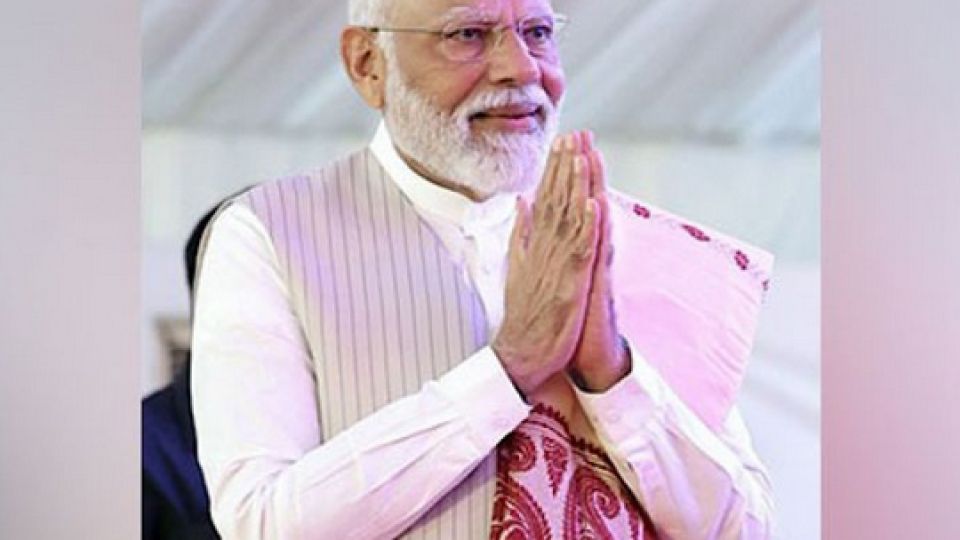June 12, 2024
KUALA LUMPUR – AS A close and interested observer of Indian politics, I watched the marathon election campaign unfold with much interest.
I shared the popular sentiment and opinion that the Indian Prime Minister will lead his party and coalition back to power with a thumping majority. But the vagaries of Indian politics exhibited its full muscle and threw up a surprising verdict.
Modi’s BJP failed to secure an outright majority in the recent election due to several factors. A significant drop in seats, particularly in Uttar Pradesh, was a major setback. The state’s loss was pivotal as it holds substantial sway in national politics.
Rising joblessness, increasing prices, and growing inequality contributed to voter dissatisfaction. Additionally, a controversial army recruitment reform and Modi’s divisive campaign targeting Muslims alienated some voters.
The opposition Congress Party-led INDIA alliance made a surprising comeback, defying earlier predictions of its decline. Rahul Gandhi led a spirited campaign that resonated with many voters. The revival of coalition politics marked a return to “normal politics,” with multiple parties sharing and competing for power. The BJP, once seen as all-powerful, now relies on coalition partners, making it vulnerable to potential collapse if allies feel neglected.
Modi’s personal brand has also taken a hit. Despite his stable governance record, efficient welfare programs, and enhancing India’s global image, anti-incumbency sentiments affected his popularity. His ambitious campaign slogan aiming for more than 400 seats may have backfired, raising fears of constitutional changes among poorer voters and backward caste voters who felt Modi may amend the constitution to remove reservation they enjoy. This election result shows that even charismatic leaders like Modi are not invincible.
The BJP’s loss of seats has provided renewed hope to the opposition. The Congress-led alliance’s resurgence signifies a potential shift in Indian politics, challenging the one-party dominant system that characterised Modi’s decade-long reign. Upcoming state elections in Maharashtra, Jharkhand, Haryana, and Delhi could further challenge the BJP, offering more opportunities for regional parties to gain influence.
There is saying that good economics is good politics.
During Modi’s tenure, India’s economic indicators and infrastructure development have seen notable improvements. India’s GDP growth averaged around 7% from 2014 to 2019, positioning it as one of the fastest-growing major economies globally. Correspondingly, GDP per capita increased from approximately $1,600 in 2014 to around $2,000 in 2023, reflecting a rise in overall economic prosperity. Efforts to reduce poverty also showed progress, with the poverty headcount ratio at $1.90 a day (2011 PPP) decreasing from 21.2% in 2011 to an estimated 10% in 2019, although the Covid-19 pandemic impacted further advancements.
Infrastructure development has been a cornerstone of Modi’s economic agenda. The National Highways Authority of India (NHAI) constructed approximately 37,000km of national highways from 2014 to 2023, significantly improving connectivity and boosting economic activity. Under the Swachh Bharat Abhiyan (Clean India Mission), over 100 million toilets were built between 2014 and 2019, contributing to India being declared open defecation free (ODF) in October 2019. The Pradhan Mantri Awas Yojana (Prime Minister’s Housing Scheme) targeted the construction of 20 million urban homes and 30 million rural homes by 2022, with around 10 million urban homes and 22 million rural homes completed by 2023, addressing the housing needs of the urban and rural poor.
Additionally, the Saubhagya scheme aimed at universal household electrification achieved significant success, with almost 100% of households electrified by 2019. The Jan Dhan Yojana initiative led to the opening of over 400 million bank accounts for previously unbanked individuals, promoting financial inclusion and economic participation. These metrics highlight the substantial economic and infrastructural progress made under Prime Minister Modi’s administration, contributing to improved living standards and sustained economic development in India.
However, all of this was not enough to win Modi’s a 3rd term on his own. Modi faces significant challenges in his third term as he leads a coalition government for the first time since 2014. With his BJP falling short of a majority, Modi must rely on key allies like the Janata Dal (United) and Telugu Desam Party (TDP), led by veteran politicians Nitish Kumar and N Chandrababu Naidu. These leaders have previously served in BJP-led coalitions but have also parted ways over disagreements, indicating potential instability. Modi’s historically domineering style may need to adapt to a more consultative approach to maintain coalition harmony and prevent collapse.
But all is also not last because some commentators argue that coalition governance could bring about a healthier democratic process in India, potentially reducing Modi’s dominance and decentralizing power. It may also increase checks and balances, embolden the opposition, and make institutions like the judiciary, bureaucracy, and media more independent. However, Modi’s coalition differs from past ones, as the BJP remains a dominant force with 240 seats. Successful coalition politics will demand Modi’s ability to collaborate and accommodate the demands of his allies, which include state-specific issues and influential ministry positions.
Also, Modi must address the concerns of the voters who feel left out and divorced from India’s economic boom. Modi’s government will need to address significant structural reforms in agriculture, land, and labor to boost job creation and incomes for the poor and middle class.
The coalition will also have to navigate contentious issues like simultaneous federal and state elections, the Uniform Civil Code, and the redrawing of parliamentary boundaries. Whether Modi can transform into a more consensual leader remains uncertain. Successful politicians often reinvent themselves, and Modi’s ability to adapt will be crucial in determining the success of his third term amid coalition dynamics.
But those who have previously written off Modi had to eat humble pie as he is a greater learner, and he has bounced back from previous setbacks very well.
At the same time the INDIA bloc will also have to show its wherewithal and deal with its own polarities. For sure, Indian politics will remain interesting and engaging.

